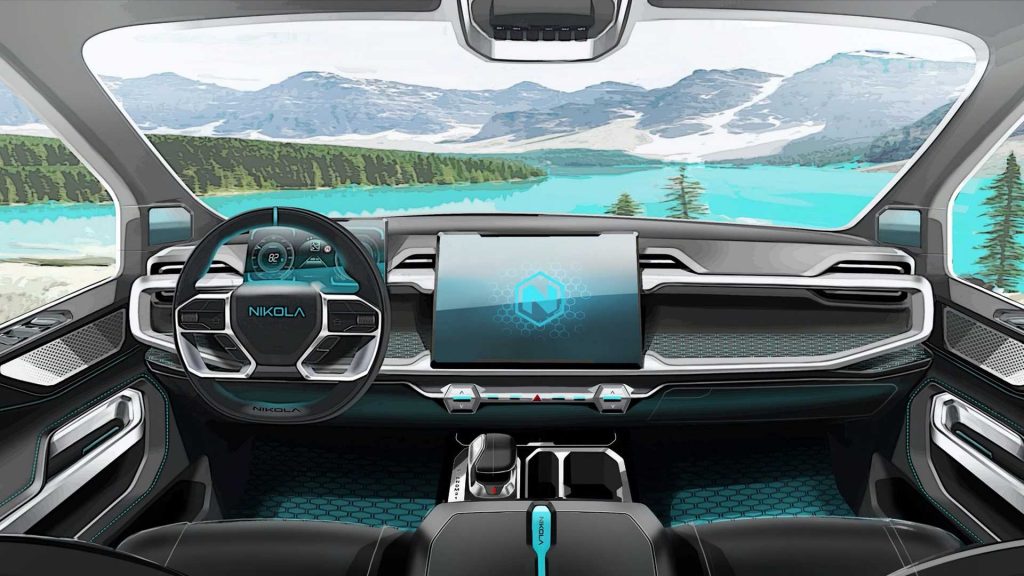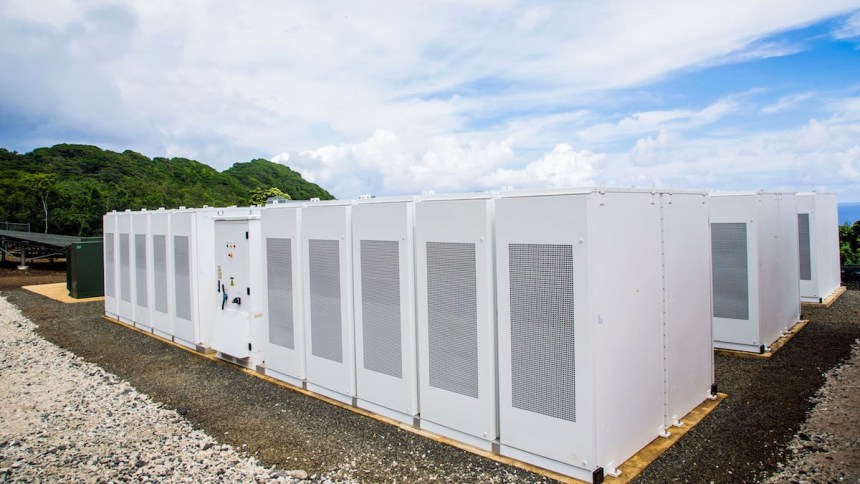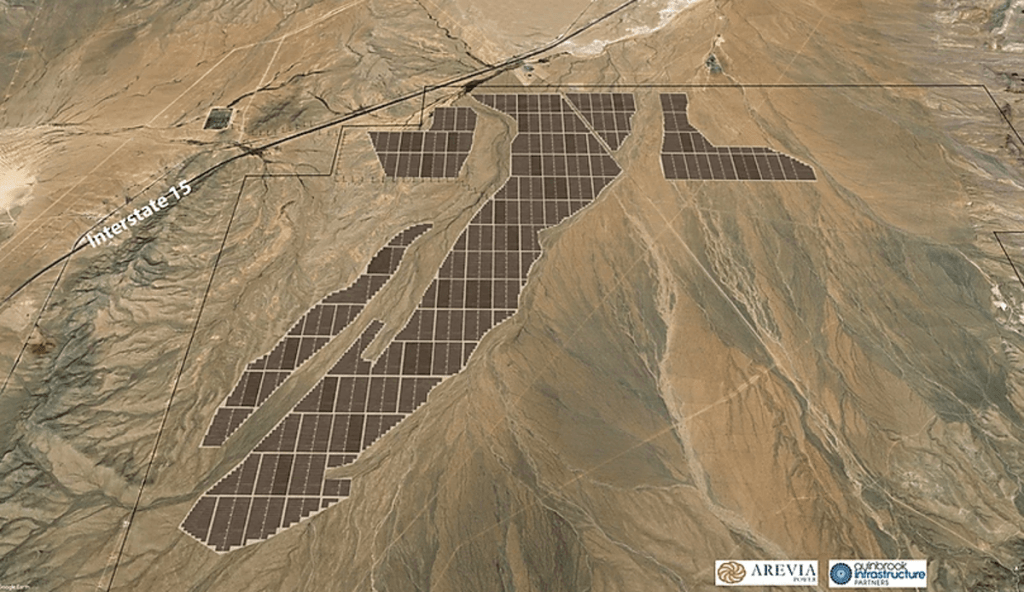To: The Impact Readers
Howdy 🤠
We are now half way through the year, crazy to think how fast time is flying by. The sustainability space has been active with some big headlines this week so buckle up, this one is a good one.
Let us know how we are doing by replying to this email and sharing your thoughts! We read every single one.
In Your Inbox: NKLA stock surge and reopening the conversation between HEV vs BEV; Microgrids in California get a boost; Gemini Solar Project and Tesla’s V3 Solar Roof Tiles!

We are just a few responses away from hitting our 150 response target to publish results!!
If you haven’t already contributed to the open source study on how smart thermostats impact the grid – please take out 1 minute to lend a hand.

This past week has been crazy for the stock market as a whole – especially for newly IPO’d Nikola Motors, the Hydrogen Electric Truck manufacturer that has a similar allure to Tesla. People are even drawing comparisons in personality between Elon Musk and Trevor Milton.
We’ve talked about the comparison between Nikola’s Passenger HEV pickup truck vs Tesla’s Cybertruck before and the clear advantages it brings to the table from a weight, range and refueling standpoint. Not to mention we’ve seen large companies like VW go into deep detail explaining why HEV would never make it in the passenger vehicle space – citing lack of infrastructure and high inefficiencies at a passenger vehicle level.
But yet people remain highly bullish on hydrogen – even the team at The Impact – due to the value of infrastructure.
NKLA this past week reached $79.73/share and fetched a valuation of over $22B – putting it in the value range of Ford. Now these spikes aren’t anything to really call home about, but it does show that there are investors that remain bullish that HEV will beat out Tesla BEV in the heavy duty vehicle market.
Now there is a market segment for HEV to dominate in and the reason Nikola [NKLA] remains a really interesting company is because their go to market surrounds the idea of building trucks for both large enterprises and passengers as more of a “brand building” exercise. They seemingly understand the money is in the infrastructure and owning those Hydrogen Refueling Stations long terms. But the core business model of building Hydrogen Refueling Stations isn’t a new one. Looking at companies like Plug Power – which also build hydrogen refueling stations and have been around longer – show that Nikola is taking a page out of Musk’s book when it comes to intelligently building out the infrastructure for re-fueling stations.
The big rig/commercial sector is where hydrogen fits in really nicely. As a replacement for Natural Gas and for helping power a modern society. The arguments for passenger vehicles being HEV powered may make it in certain cases, but for mass market – hydrogen needs to lean into big rigs and that’s what a number of companies & countries are doing. Even the California CEC has shown how Hydrogen could reach price parity with gasoline within the next 5 years.
Stock price jumps like this again don’t mean much for the future of a company, but they do trigger a need for analysis. We remain bullish that Hydrogen will be a key source from which we draw power from in the near future. Nikola will likely become one of the key incumbents dominating this space.

California is doing everything they can to provide increased resilience to wildfire impact communities.
In an effort to prepare for this coming wildfire season California along with a series of sustainability activists and solar/ESS organizations have agreed to allow PG&E to utilize diesel generators temporarily while they work out how they can use solar + storage to combat the wildfires caused by their equipment.
In fact it was found that between 2014 and 2017 – 2,000+ wildfires were caused due to utility owned equipment.
The commission is pushing hard on ensuring that grid modernization and micro-grids are in the forefront of their resilience plans and so far here are the key takeaways on how they are achieving this push.

The early reviews for Tesla’s Solar Roof V3 are starting to come in. People like the look and are so far OK with the price premium they have to pay for the installation of these new slate solar panels. PV Mag has been tracking down installations of the Tesla Solar Roof and recently found an architect who got an installation done in MA. This marks the second Tesla Solar Install on the East Cost.
This system is a 7.5 kW system and two Tesla Powerwall systems. The payback on this is likely out of the question from an energy savings perspective given there are no ToU rates in that region. However, it does bring up a question of home value increase. The payback on investing into solar + storage for your home could happen at the time of sale. Likely fetching a minimum of $1 in $1 out. Not as great as remodeling your kitchen, but it could be a premium selling factor in more expensive markets. A great real estate agent could likely sell the hell out of an off-grid premium home, possibly fetching significantly more per $1 invested into such a system.
However, this great news doesn’t come with only roses. Tesla has begun to cancel and refund deposits made on the Tesla Solar Roofs to people who had put money down years ago. In turn showing that Tesla’s deposit system is a great way for Tesla to get a 0% interest loan from customers and learn about market demand early on, but it shows that it is meaningless for you as a consumer to do so as it neither guarantees you will receive the product nor does it guarantee you a spot in the que for when you will get it.
The reason for cancellation is due to where they have trained installers ready to roll and due to the actual install time for a solar roof being between 2 to 3 weeks, homes that are out of range for installers had to be cancelled.
Hopefully Tesla decides to revamp their reservation system – it would provide a higher value to the customer as opposed to hundreds of people giving large sums of money, interest free to Tesla to “figure out” if they can even deliver a product.
We are excited to see a solar roof solution starting to see some more publicity thanks to Tesla’s brand awareness – we hope to see more installations in the wild and a new wave of homeowners purchasing solar for their home.

Earlier in May, the Trump administration approved Nevada’s Gemini Solar Project. This will be the largest solar project in the United States and will be the eighth-largest solar project in the world when completed. The project will produce 690 MW of electricity, be capable of 380 MWh of battery storage, and annually offset 385,000 metric tons of carbon dioxide (about the same as the emissions from 83,000 cars).
An increase in solar generation projects is a move in the right direction, but without battery storage, solar (and wind) assets are not as valuable. An increase in solar project construction will accelerate energy storage innovations and deployment. There are many ways to store energy: batteries, pumped storage hydropower, green hydrogen, compressed air energy storage, gravitational potential energy storage, and more.
Lithium ion batteries are one of the more common types of storage today. However, lithium ion batteries are limited to about 4 hours of storage. Luckily, the explosive growth of electric vehicles and the rising concentration of renewable energy sources on the grid are the main driving forces fueling the battery boom. As a result, there has been an increase in R&D for lithium and non-lithium energy storage. One recent innovation in this space is a 1MWh battery storage system with as much as 150 hours of storage duration, produced by Form Energy.
Not only is the increase of solar generation construction great for innovating the space, but it also provides thousands of jobs, which has a positive impact during this time of high unemployment rates. The Gemini project alone is expected to create about 2,000 jobs.
As solar construction and deployment becomes more affordable, it will contribute to the transition to renewable energy, spur innovation, and stimulate the economy.
Give Our Most Watched Episode of Big Feet With Joel Solomon A Try!
Develop your market map of up-and-coming climate startups and market opportunities by subscribing to our weekly newsletter for free.